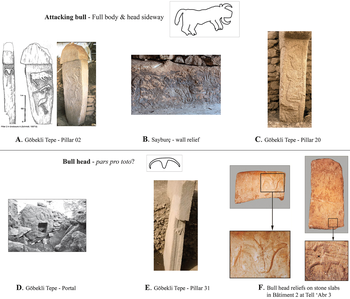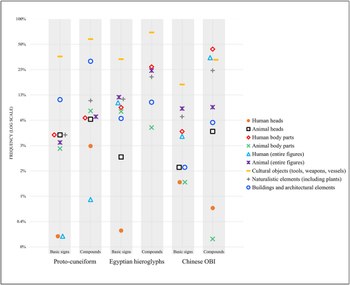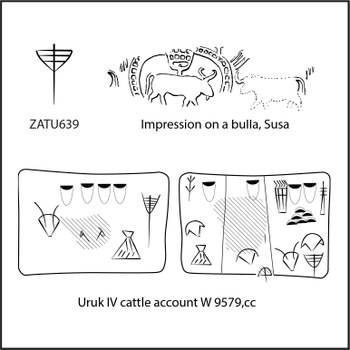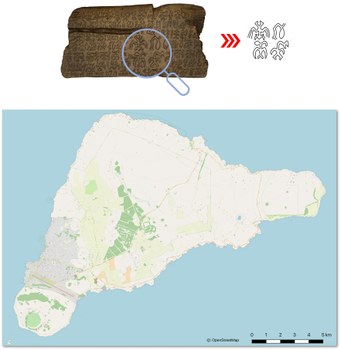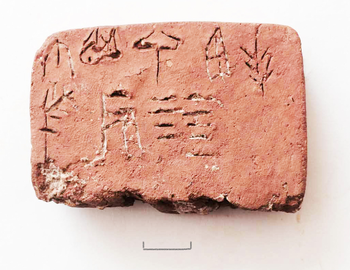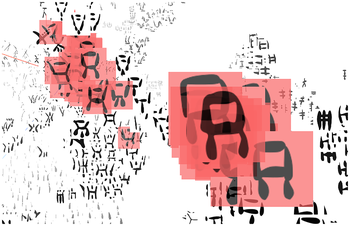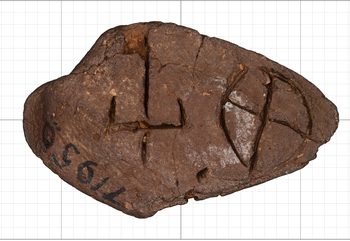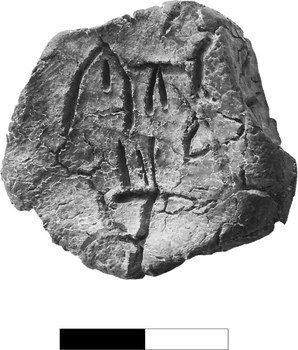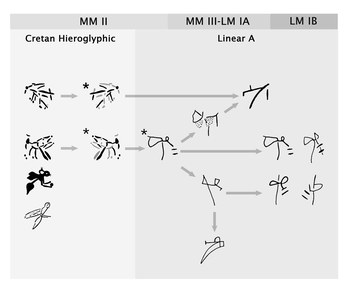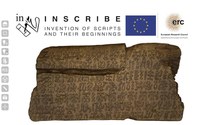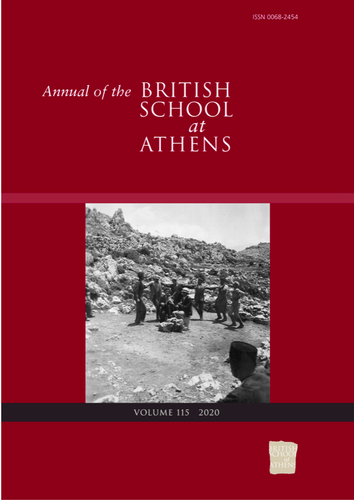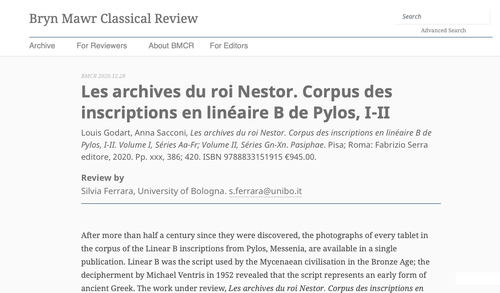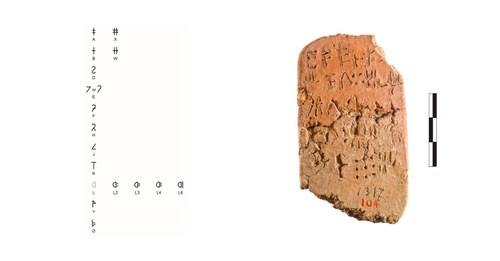2019 - 3D MODELLING OF THE MAMARI TABLET FROM THE RONGORONGO CORPUS: ACQUISITION, PROCESSING ISSUES, AND OUTCOMES
Lorenzo Lastilla, Roberta Ravanelli, Miguel Valério, and Silvia Ferrara
Keywords: 3D modelling, Laser scanning, Structured light, Precise 3D digitization, Rongorongo inscriptions
Abstract. Rongorongo is an undeciphered script inscribed on wooden objects from Easter Island (Rapa Nui) in the Pacific Ocean. The existing editions of the inscriptions, and their widespread locations in museums and archives all over the world today constitute a serious obstacle to any objective paleographical assessment. Thus, with a view to a potential decipherment, creating 3D models of the available corpus is of crucial importance, and one of the objectives of the ERC INSCRIBE project, based at the University of Bologna with Professor S. Ferrara as Principal Investigator. In this preliminary work, we present the results of the 3D digitization of the Mamari tablet, one of the longest inscriptions in Rongorongo, housed in the Museum Archives of the Congregazione dei Sacri Cuori di Gesù e Maria in Rome. The tablet is made of wood, with a shiny reflecting surface, characterized by a mainly dark texture. The 3D modelling was carried out with the ScanRider 1.2 laser scanner manufactured by VGER, based on Structured Light technology, taking care to ensure the legibility of each sign while preserving the overall shape of the object as precisely as possible. To overcome the difficulties inherent in the object’s complex fabric, the Mamari tablet was acquired in separate sections (joined together during processing through specific markers), thus managing to optimize the optical parameters of the laser scanner, such as the exposure of the camera and the depth of field of the projector. Furthermore, an evaluation of the 3D reconstruction precision was also carried out, highlighting a precision of few hundredths of millimeters, in agreement with the claimed nominal standard deviation. In addition to the 3D model produced, one of the main results of this endeavor was the definition of a successful method to scan such complex objects, which will be replicated to finalize the complete 3D modelling of the whole Rongorongo corpus of inscriptions.
Full reference: Lastilla, L., Ravanelli, R., Valério, M., and Ferrara, S.: 3D MODELLING OF THE MAMARI TABLET FROM THE RONGORONGO CORPUS: ACQUISITION, PROCESSING ISSUES, AND OUTCOMES, Int. Arch. Photogramm. Remote Sens. Spatial Inf. Sci., XLII-2/W18, 85–89, https://doi.org/10.5194/isprs-archives-XLII-2-W18-85-2019, 2019.
Download article here.


